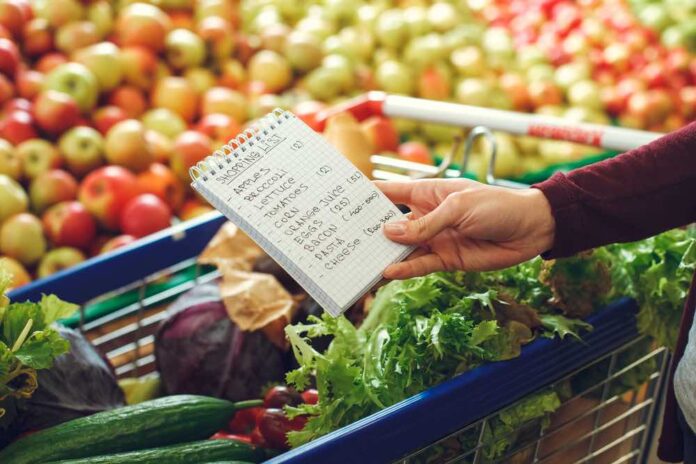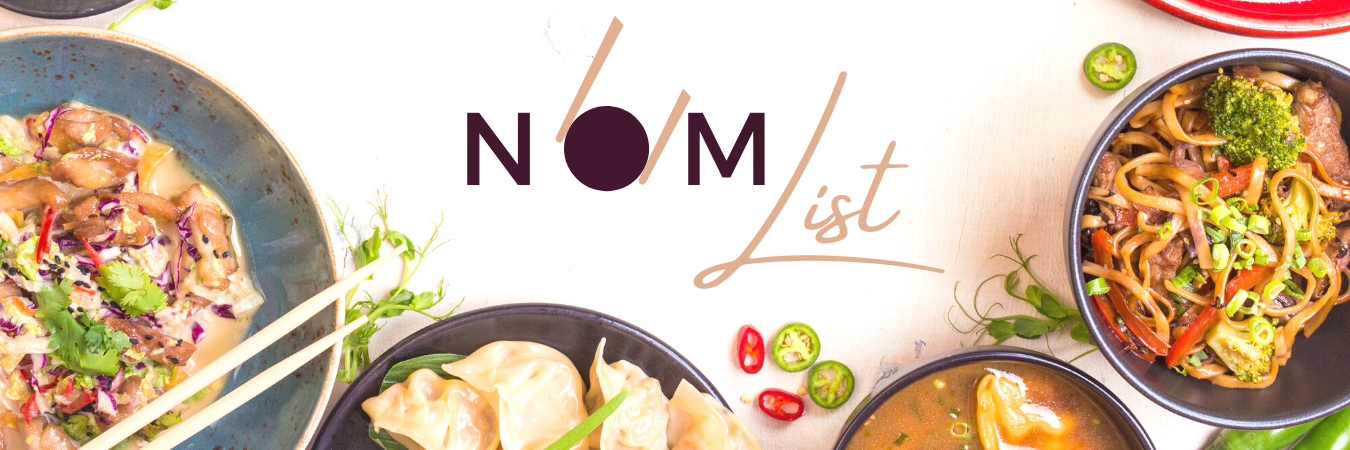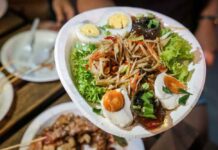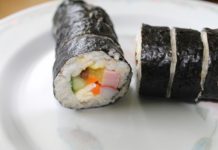
Eating healthy doesn’t have to break the bank. With some mindful planning and smart choices, it’s possible to create a budget-friendly grocery list filled with nutritious and delicious options. The key is to focus on affordable, versatile, and nutrient-dense ingredients that can be easily incorporated into a variety of meals.
Seasonal fruits and vegetables, like bananas, apples, oranges, broccoli, and cauliflower, are some of the most budget-friendly options available year-round. Opting for frozen varieties of produce, such as berries, peas, and mixed vegetables, can also be a cost-effective choice while still providing essential vitamins and minerals. In addition to fruits and vegetables, whole grains like brown rice, quinoa, and whole grain waffles can serve as the foundation for many nutrient-rich dishes.
When it comes to protein options, economical choices such as ground turkey, chicken, and turkey bacon are not only affordable but also versatile, making them ideal for a wide range of recipes. Incorporating plant-based proteins, like beans and lentils, can further stretch your grocery budget while still providing the necessary nutrients. By focusing on these budget-friendly staples and getting creative in the kitchen, anyone can enjoy a healthy diet without putting a strain on their wallet.
Fruits and Vegetables
In Season Produce
Focusing on in-season produce can save money while providing fresh, nutritious options. Some common and budget-friendly in-season fruits include bananas, apples, oranges, and watermelons. These versatile options can be used in a variety of recipes or as healthy snacks. As for in-season vegetables, consider incorporating broccoli, cauliflower, carrots, onions, and sweet potatoes into your meals.
- Fruits:
- Bananas
- Apples
- Oranges
- Watermelons
- Vegetables:
- Broccoli
- Cauliflower
- Carrots
- Onions
- Sweet potatoes
Frozen Fruits and Vegetables
Frozen fruits and vegetables are a cost-effective way to ensure you always have healthy options at home. They are often flash-frozen right after harvesting, preserving their nutritional value. Additionally, frozen produce can be more affordable than fresh equivalents in certain seasons. Examples of budget-friendly frozen fruits and vegetables include:
| Frozen Fruits | Frozen Vegetables |
|---|---|
| Berries | Corn |
| Mango chunks | Green beans |
| Pineapple chunks | Mixed vegetables |
| Mixed fruit | Peas |
By focusing on in-season produce and making use of frozen fruits and vegetables, you can create a cheap, healthy grocery list while maximizing nutritional benefits.
Proteins
Proteins are essential nutrients for the human body and can be found from various sources. This section will guide you through some cheap and healthy protein sources under three subcategories: Meat and Seafood, Meat Alternatives, and Dairy and Dairy Alternatives.
Meat and Seafood
When looking for affordable protein sources, consider the following options:
- Skinless chicken: A lean, versatile, and budget-friendly choice. Opt for chicken breasts or thighs for a variety of dishes.
- Ground turkey: A healthier substitute for ground beef, with reduced saturated fat content, perfect for burgers or meatballs.
- Tuna: Canned tuna is a low-cost and convenient protein source, suitable for salads or sandwiches.
- Salmon and trout: Wild-caught and frozen varieties can offer a lower-priced option for these nutritious fish.
- Frozen shrimp: A great protein source, often found at a lower cost than fresh shrimp.
Meat Alternatives
For vegetarians or those looking to reduce meat consumption, consider these alternative protein sources:
- Beans and legumes: Black beans, chickpeas, and lentils are all nutrient-dense sources of plant-based protein.
- Firm tofu: Opt for firm or extra-firm tofu, which contains a higher protein content and works well in stir-fries or curries.
- Nuts and seeds: Almonds, peanuts, chia seeds, and sunflower seeds can be added to salads, yogurts, or consumed as snacks.
- Plant-based protein: Various plant-based protein powders or meat substitutes made from soy or pea proteins are becoming increasingly affordable.
Dairy and Dairy Alternatives
Dairy products and their alternatives offer additional protein options for a balanced diet:
- Eggs: A staple protein source that can be prepared in various ways for breakfast, lunch, or dinner.
- Low-fat cheese: Opt for mozzarella, cottage cheese, or feta for lower-fat and high-protein options.
- Dairy alternatives: Soy, almond, or cashew milk can offer protein and calcium for those looking to avoid traditional dairy products.
By considering these affordable protein choices in your grocery list, you can ensure a well-balanced and budget-friendly diet.
Grains and Breads
Whole grains and breads are essential components of a cheap and healthy grocery list. They provide essential nutrients, fiber, and energy to support a balanced diet.
Brown Rice
Brown rice is an affordable option that is rich in nutrients and fiber. It can be incorporated into various dishes, such as stir-fries and salads, or served as a side.
Whole Wheat and Whole Grain Breads
Whole wheat and whole grain breads are healthier alternatives to white bread. They are a better source of fiber and nutrients, and can be used to replace white bread in sandwiches, toast, and other recipes. Some examples of whole-grain breads include:
- Sprouted grain bread
- Whole wheat or whole grain bread
- Dave’s Killer Bread: Made with five super grains, including quinoa, spelt, rye, and millet
English Muffins
Whole wheat English muffins are a convenient and inexpensive option for breakfast or snacks. They can be topped with peanut butter, avocado, or eggs for a nutritious meal.
Oatmeal
Oatmeal is a versatile and inexpensive grain that can be used for breakfast or in baking. Regular or steel-cut oats are preferable to instant oatmeal, as they have more fiber and fewer additives.
Other Grains
In addition to brown rice and oats, other budget-friendly whole grains to consider are:
- Barley
- Bulgur or cracked wheat
- Farro
- Millet
- Quinoa
When shopping, look for whole-grain versions of rice, bread, cereal, flour, and pasta to increase the nutritional value of your meals.
Legumes, Nuts, and Seeds
Legumes are an excellent source of plant-based protein, fiber, and essential minerals. They are not only budget-friendly but also versatile in various dishes. Some popular legumes to include in your grocery list are:
- Black beans
- Chickpeas
- Kidney beans
- Lentils
- Peas
Nuts are another great addition to a cheap, healthy grocery list as they offer healthy fats, protein, and a range of vitamins and minerals. Some affordable nut options include:
- Almonds
- Cashews
- Hazelnuts
- Peanuts
- Pistachios
- Walnuts
In addition to whole nuts, nut butters are a convenient and tasty way to incorporate nuts into your diet. Common nut butters are:
- Almond butter
- Cashew butter
- Peanut butter (the most budget-friendly option)
Seeds also pack a nutritional punch and can be eaten on their own or added to various recipes. Some seeds to consider purchasing are:
- Chia seeds
- Flaxseeds
- Hemp seeds
- Pumpkin seeds
- Sunflower seeds
Like nut butters, seed butters offer a simple way to incorporate seeds into your meals. Some seed butters to try are:
- Sunflower seed butter
- Tahini (made from sesame seeds)
Remember to compare prices and quantities to ensure you make the most budget-conscious decisions while shopping for legumes, nuts, and seeds. Buying in bulk, choosing store brands, and looking out for sales can help further lower the cost of these healthy foods.
Pantry Staples
Having a well-stocked pantry can make meal planning and preparation a breeze. This section will cover essential pantry staples that are budget-friendly and provide a solid foundation for a healthy diet.
Canned Goods
Canned goods are a staple in many pantries due to their long shelf life and affordability. Some budget-friendly and nutritious options include:
- Canned beans: A great source of protein and fiber, they can be used in soups, salads, and countless other dishes.
- Canned vegetables: Spinach, carrots, and peas are a few popular choices that are easy to incorporate into various meals.
- Canned fruits: Opt for options packed in their own juice or water to avoid added sugar.
- Tomato sauce: Versatile and flavorful, it can be used in pasta dishes, stews, and chilis.
- Canned fish: Look for options like tuna and salmon, which provide protein and healthy fats.
Spices and Condiments
A well-stocked spice cabinet and a variety of condiments can transform even the simplest dishes. Consider including the following in your pantry:
- Salt and pepper: The most basic spices used for seasoning a variety of dishes.
- Olive oil: A multipurpose oil used for cooking, baking, dressings, and more.
- Cumin, paprika, and turmeric: These add warmth and depth to dishes without adding calories.
- Dried herbs: Basil, oregano, and thyme are incredibly versatile and enhance a variety of dishes.
- Salsa: A flavorful, low-calorie option for spicing up Mexican dishes or serving with chips and veggies.
- Mustard: Adds a tangy kick to sandwiches, dressings, and marinades.
In addition to these, stock your pantry with healthy cereal options, such as whole grain varieties, and fiber-rich oatmeal. Also, consider keeping a supply of non-perishable staples, like uncooked pasta, rice, and quinoa, along with staples for baking, such as flour, baking soda, and baking powder.
Remember to keep olives, hummus, and other nutritious snacks on hand for quick, convenient options. By keeping these pantry staples stocked, you’ll have a solid foundation for creating delicious, well-balanced meals.
Beverages
When it comes to cheap, healthy beverage options, sparkling water takes the lead as a popular choice. Sparkling water, also known as carbonated water, is a refreshing and hydrating option that contains zero calories, no added sugars, and no artificial flavors. It’s an excellent alternative to sugary sodas and other high-calorie drinks.
There are various brands and flavors of sparkling water available in the market. Many offer fruit-infused options that add a subtle and natural taste without any added sugars. Some popular fruit-flavored sparkling waters include:
- Lemon
- Lime
- Orange
- Berry
- Grapefruit
Aside from sparkling water, there are other affordable and healthy beverage options to include in your grocery list:
Tea: Green tea, black tea, and herbal teas are packed with antioxidants and offer many health benefits. These teas come in a wide range of flavors, and they can be enjoyed hot or cold. Choose unsweetened varieties to keep calorie and sugar intake low.
Coffee: Regular black coffee is very low in calories and contains beneficial antioxidants. It’s an affordable option for those who need a caffeine boost in the mornings. Avoid adding sugar and choose healthier alternatives like a splash of almond milk for added flavor.
Water: While not a grocery list item, it’s essential to mention the importance of regular water consumption. Staying hydrated throughout the day by drinking plain water is vital for overall health, and it’s the most affordable choice of all.
In summary, incorporating a mix of sparkling water, unsweetened tea, and coffee into your beverage choices can help you create a healthy and budget-friendly grocery list. These options provide refreshment and hydration without adding unnecessary sugars and calories.
Healthy Grocery List Tips
Choosing Nutrient-Dense Foods
When creating a healthy grocery list, focus on selecting nutrient-dense foods. These are foods that provide a high amount of vitamins, minerals, and other essential nutrients per calorie, making them the most nutritious choices. Examples of nutrient-dense foods include whole grains, lean meats, seafood, fruits, and vegetables. Some specific examples are:
- Fruits: Berries, apples, oranges, kiwi
- Vegetables: Broccoli, kale, carrots, sweet potatoes
- Whole grains: Brown rice, quinoa, whole wheat bread
- Lean meats and seafood: Chicken, turkey, fish
Stock Up on Essentials
To maintain a balanced diet, it’s essential to have a variety of healthy options on hand. Stock up on essential items to ensure your kitchen is always equipped with the ingredients for nutritious meals and snacks. Some essentials to have in your pantry include:
- Canned, dried, fresh, and frozen fruits and vegetables
- Whole grains such as whole wheat pasta, brown rice, and rolled oats
- Healthy fats, like extra virgin olive oil, nuts, and seeds
- Lean proteins, such as beans, lentils, and low-fat dairy products
Watch Out for Added Sugars and Hidden Unhealthy Ingredients
While creating your healthy grocery list, be mindful of added sugar content and hidden unhealthy ingredients. Foods like dried fruit might seem nutritious, but some may have added sugars that can lead to excessive calorie intake and increased risk of heart disease and diabetes. When selecting products, read food labels and pay attention to these common hidden ingredients:
- Added sugars: High fructose corn syrup, cane sugar, honey, agave
- Unhealthy fats: Trans fats, hydrogenated oils
- Artificial sweeteners and preservatives
In conclusion, building a healthy grocery list involves selecting nutrient-dense foods, stocking up on essential items, and avoiding added sugars and hidden unhealthy ingredients. By following these tips, you’ll be well on your way to creating a healthy and budget-friendly grocery list to support your overall well-being.
Check Out These Other Great Posts:
10 Best Juicers For Healthly Treats




